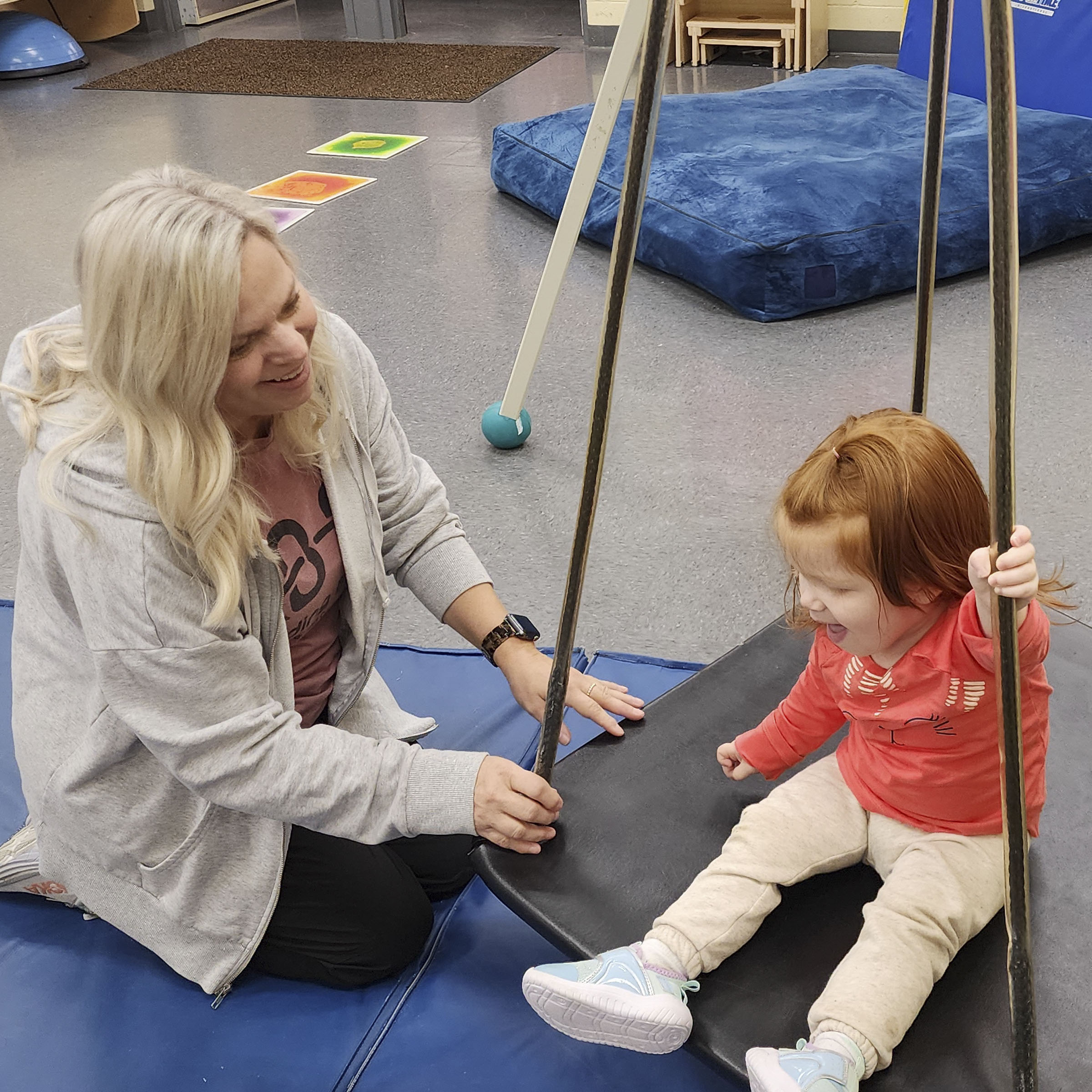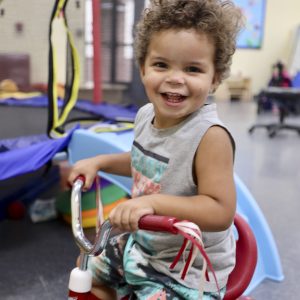therapy services
Providing pediatric therapy to children who experience difficulties with their physical, emotional, or thinking abilities

Developmental preschools can also provide pediatric therapy to children who experience difficulties with their physical, emotional, or thinking abilities. Our therapy services can be received in conjunction with EIDT for the children who require short- or long-term intervention.
Our licensed healthcare professionals include speech therapists, occupational therapists, and speech-language pathologists who maintain a high standard of service and quality. They are highly skilled, state-licensed, and maintain continuing education requirements for their area of expertise.
Upon receiving a pediatrician’s referral, we conduct a thorough evaluation to map out a personalized treatment plan for your child. To evaluate your child’s need for therapeutic services they will need to participate in a standardized assessment administered by a licensed and certified therapist.
Outpatient Therapy Services
For children who need services, but not full-time care, BBDCS offers outpatient therapy services to children (year to year). A specific therapeutic plan is developed to meet the needs of each individual child to provide the optimal outcomes.
All therapies are conducted in our therapeutic space in Lonoke or Cabot. For more information on how to get your child enrolled in our Outpatient Therapy Program, fill out the therapy intake form.

Meet Our Therapy Team!

Tina Osburn, OTR/L
Therapy Coordinator
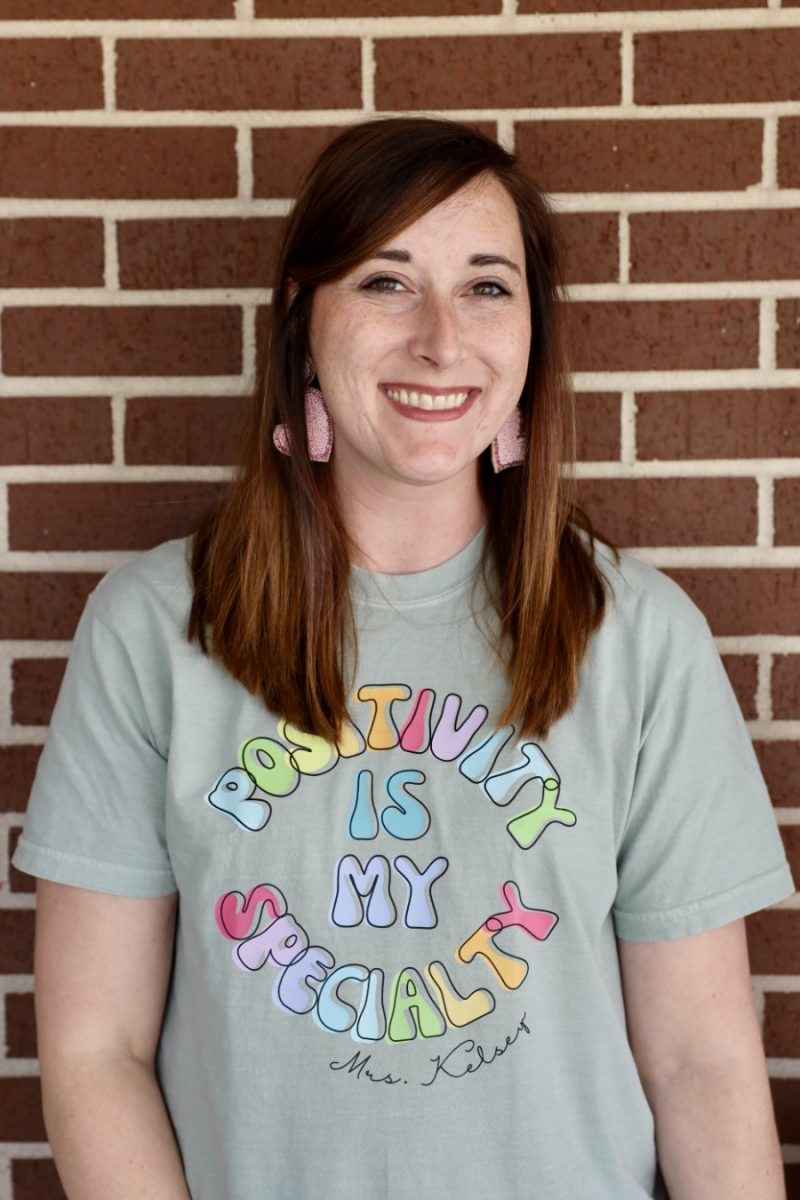
Kelsey Ford
Occupational Therapy (Cabot)
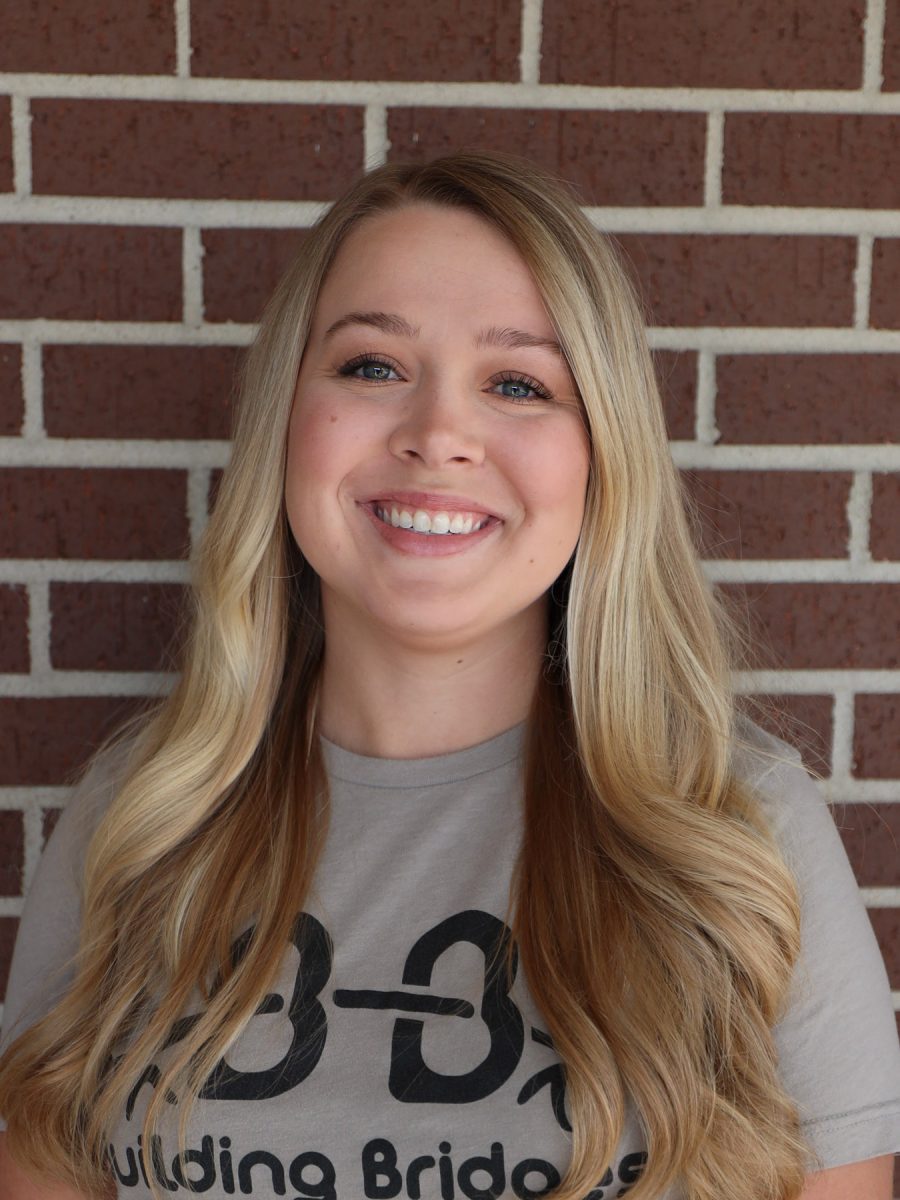
Haylee Lloyd
Occupational Therapy (Cabot)
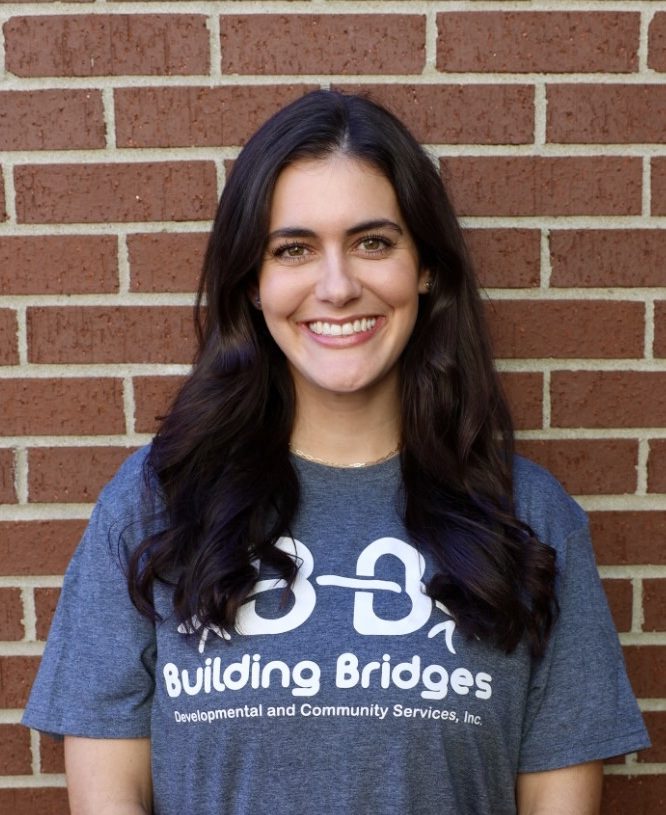
Macie Dunn
Occupational Therapy (Lonoke)
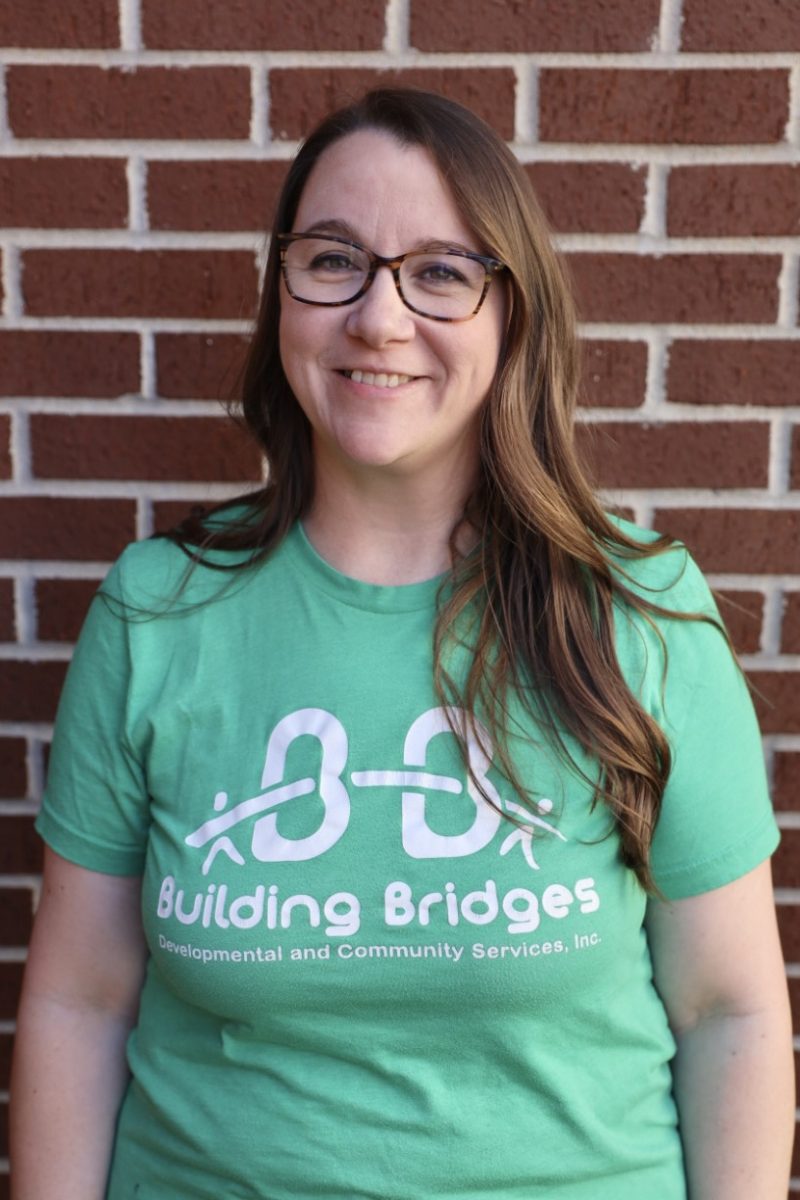
Mandi Massie
Occupational Therapy (Lonoke)

Melinda Grimes
Physical Therapy (Cabot)
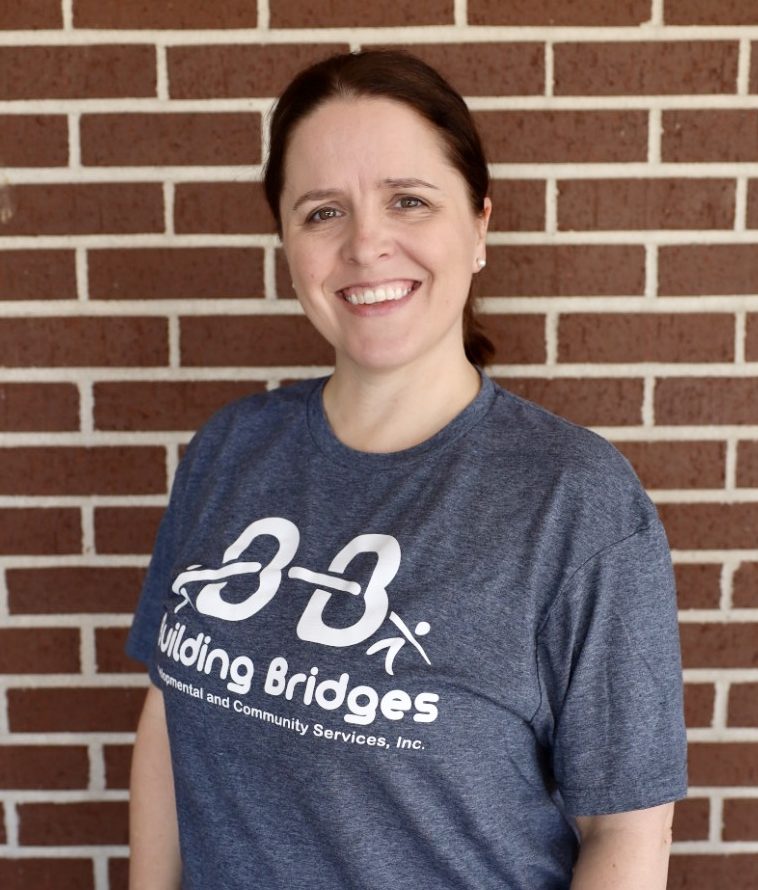
Andrea Schmidt
Physical Therapy (Cabot)

Christy Zimmerman
Physical Therapy (Cabot)
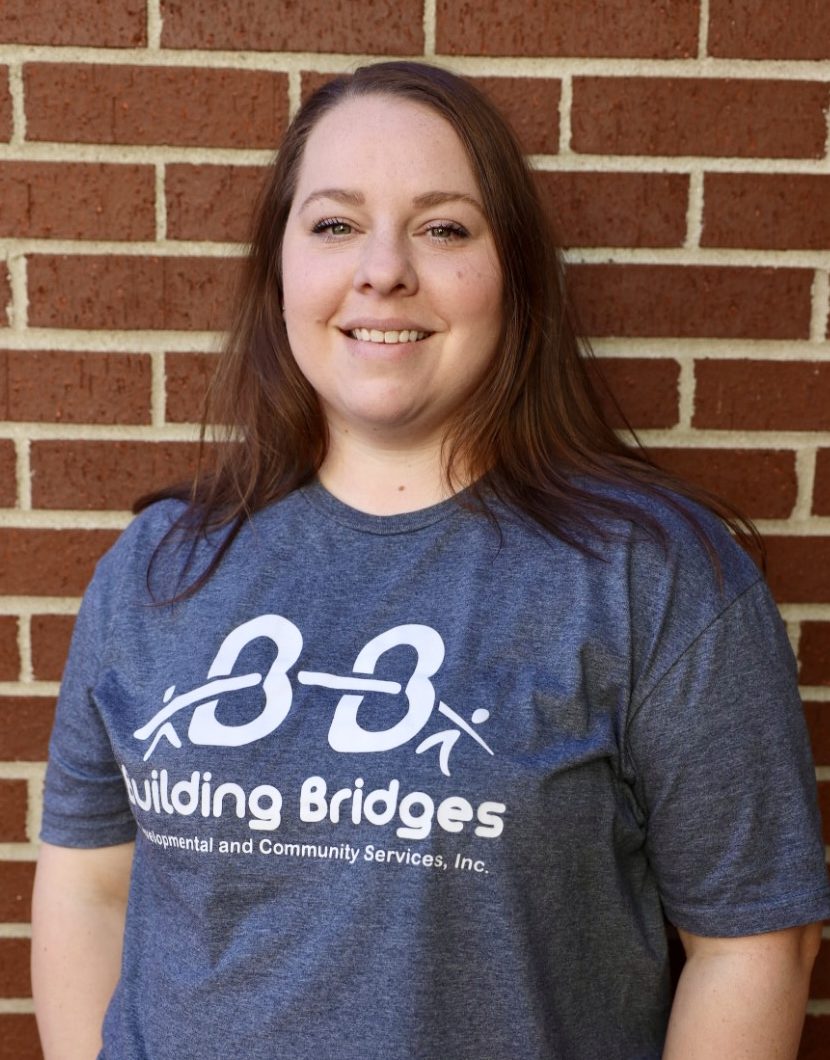
Joanna Hanna
Physical Therapy (Lonoke)

Ailissa Alsup
Speech Therapy (Cabot)
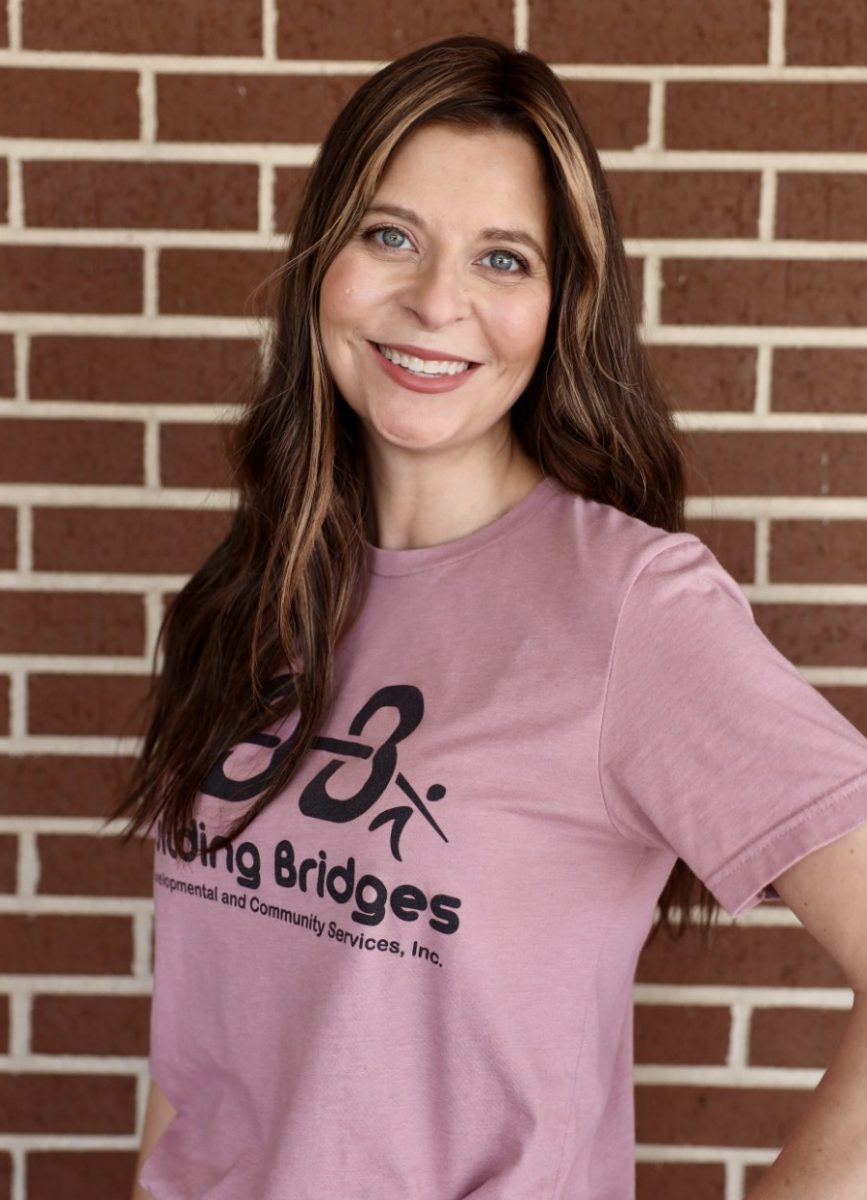
Jondalyn Byrd
Speech Therapy (Cabot)

Kristin Linton
Speech Therapy (Cabot)
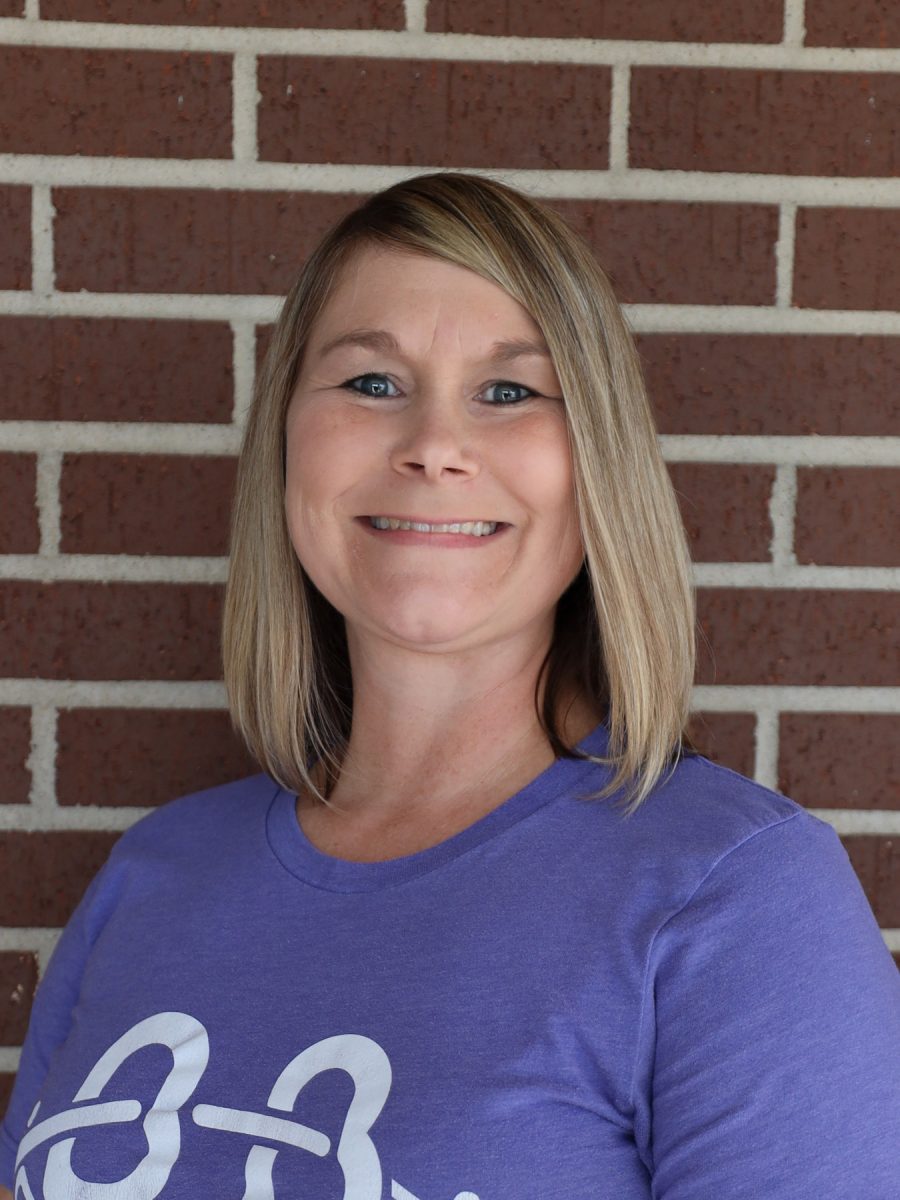
Brandy Ramsey
Speech Therapy (Cabot)

Mary Ellen Lynch
Speech Therapy (Lonoke)

Bobbi Martin
Speech Therapy (Lonoke)

Regina Tackett
Speech Therapy (Lonoke)

Finn
Therapy Dog (Lonoke)

